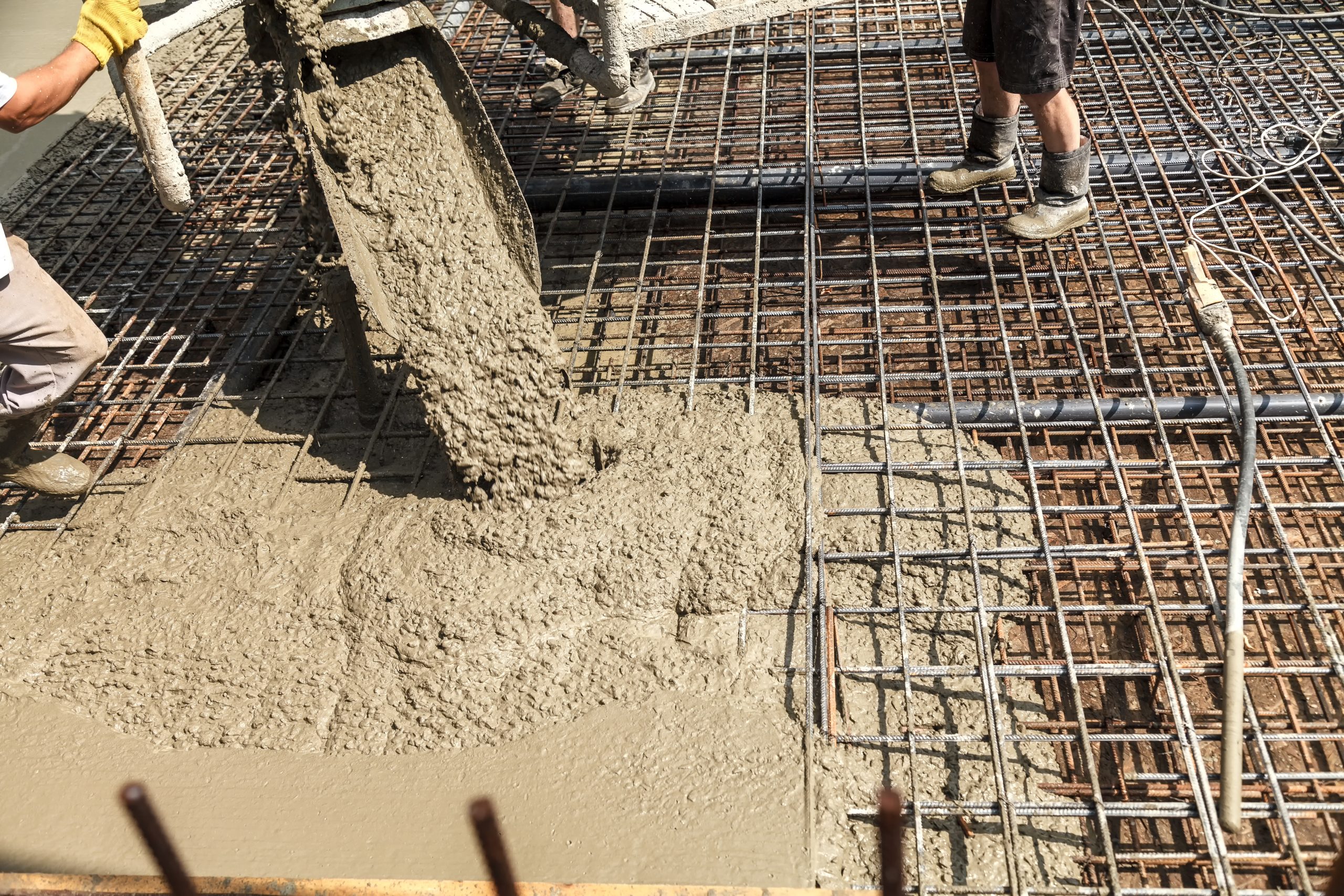
Concrete slabs are a good option if you're looking for groundwork facilities but aren't sure what you're looking for. Concrete slabs are more widely used in modern construction because they are excellent concrete blocks that are very difficult to damage. The concrete slab is in charge of the building's overall stability, and any significant flaws can cause serious problems.
The following are the benefits of having a concrete slab:
The ability of a substance to store and release thermal energy is referred to as its thermal mass. It is often referred to as 'house ventilation,' because it is much more efficient than air conditioning. Concrete slabs and heavyweight walls, for example, have a high thermal density and can help control indoor comfort by serving as a temperature flywheel, radiating or absorbing heat to heat or cool the human body.
In most climates, thermal mass is beneficial, but it is particularly beneficial in cool climates and climates with a significant day-night temperature difference. Thermal mass should be used in combination with good passive design, and high mass walls should be considered, as they can have the advantages of 'building conditioning' instead of, or in addition to, concrete slab floors.
Slabs should be built to trap heat from the sun in the winter (or other low energy sources)—the thermal mass stores this heat, which is then re-radiated for several hours. In the summer, slabs must be shielded from direct sunlight and exposed to cooling night breezes and night sky radiation to dissipate heat accumulated during the day.
Long-life — the high embodied energy of concrete can be compensated by its durability. Concrete slabs may have an almost infinite life span if the reinforcement is appropriately planned and installed, and the concrete is applied correctly and compacted so that there are no voids or porous areas.
Monitor cracking with the following methods to ensure the slab's longevity:
Termite resistance — Concrete slabs should be built and constructed according to Australian Standards to have minimal shrinkage cracking for the lowest termite risk. Joints, penetrations, and the slab's edge all need to be handled.
· The use of passive solar design concepts and high-mass construction go hand in hand, and concrete slabs are the most straightforward way to add thermal mass to a home. In all but the hottest and most humid climates, living rooms should face north to allow the winter sun to warm the slab. As the diurnal temperature range widens, concrete slabs perform better.
· On summer evenings, natural ventilation must be included in the design to allow heat stored in the slab to dissipate, particularly in slabs on upper stories where warm air accumulates. If possible, divide the upper and lower living areas and ensure that the room can be naturally ventilated. This is especially necessary if the bedrooms are on the second floor and want to sleep comfortably at night.
· Balconies that extend from a house's main slab serve as a thermal bridge, enabling unregulated heat to flow into and out of the structure. Have an insulator at the joint, hidden under the exterior doors and walls, to make these slabs thermally independent of the main slab.
A concrete slab's thermal mass must be able to communicate with the house's interior to be functional. I was covering the slab with insulating finishes, such as carpet decreases the thermal mass's effectiveness. The wide range of finishes available, on the other hand, allows for the use of thermal mass. A concrete slab's thermal mass must be able to communicate with the house's interior to be functional.
If there is insufficient solar access, additional heating can be needed. Because of their high thermal mass, concrete slabs lend themselves well to long-cycle in-slab heating systems, as long as they are functional. Unless it is solely solar-powered, in-slab heating has a slow response time of two hours or more, making it unsuitable for part-time occupancy or sites where it may be needed intermittently. Slab heating is ideal for homes with a high or permanent occupancy since it is used in the winter.









Brothers Concrete Contractors
© Copyright 2020 -All Rights Reserved by BizBitz